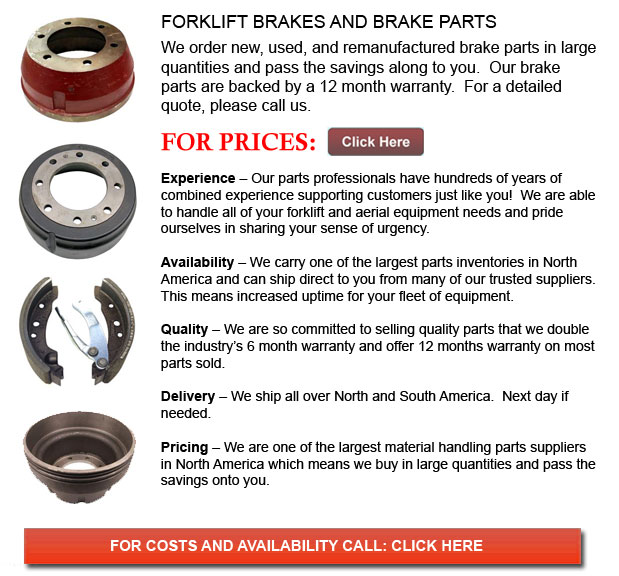
Forklift Brake - A brake drum is wherein the friction is provided by the brake pads or brake shoes. The pads or shoes press up against the rotating brake drum. There are several different brake drums kinds together with certain specific differences. A "break drum" would generally refer to when either pads or shoes press onto the interior exterior of the drum. A "clasp brake" is the term utilized to describe when shoes press next to the exterior of the drum. Another kind of brake, referred to as a "band brake" uses a flexible band or belt to wrap all-around the exterior of the drum. Whenever the drum is pinched in between two shoes, it can be called a "pinch brake drum." Similar to a standard disc brake, these kinds of brakes are quite uncommon.
Before the year 1995, early brake drums needed constant modification regularly in order to compensate for shoe and drum wear. Long brake pedal or "Low pedal" travel is the hazardous end result if modifications are not done satisfactorily. The vehicle can become hazardous and the brakes can become useless when low pedal is combined with brake fade.
There are different Self Adjusting Brake Systems offered, and they can be categorized within two major types, RAI and RAD. RAI systems have built-in tools that avoid the systems to recover when the brake is overheating. The most well known RAI manufacturers are AP, Bendix, Lucas, and Bosch. The most well-known RAD systems consist of Ford recovery systems, Volkswagen, VAG, AP and Bendix.
Self-repositioning brakes generally make use of a tool which engages only if the motor vehicle is being stopped from reverse motion. This stopping method is satisfactory for use where all wheels make use of brake drums. Nearly all vehicles today make use of disc brakes on the front wheels. By operating only in reverse it is less probable that the brakes will be adjusted while hot and the brake drums are expanded. If tweaked while hot, "dragging brakes" could take place, which raises fuel consumption and accelerates wear. A ratchet mechanism which becomes engaged as the hand brake is set is another way the self repositioning brakes may work. This means is only suitable in applications where rear brake drums are utilized. If the parking or emergency brake actuator lever exceeds a specific amount of travel, the ratchet improvements an adjuster screw and the brake shoes move toward the drum.
Located at the base of the drum sits the manual adjustment knob. It could be tweaked using the hole on the opposite side of the wheel. You will have to go underneath the vehicle together with a flathead screwdriver. It is really vital to adjust each wheel evenly and to move the click wheel properly because an uneven adjustment could pull the vehicle one side during heavy braking. The most efficient method in order to make sure this tiresome task is accomplished safely is to either lift every wheel off the ground and hand spin it while measuring how much force it takes and feeling if the shoes are dragging, or give each one the same amount of clicks utilizing the hand and then perform a road test.
![]() Click to Download the pdf
Click to Download the pdf
Forklift Parts
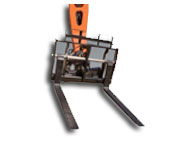
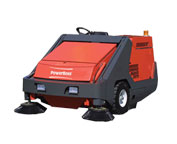
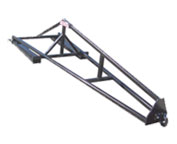
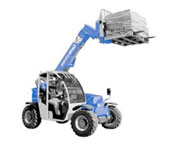
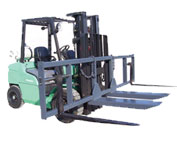
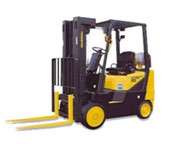
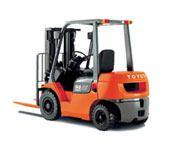
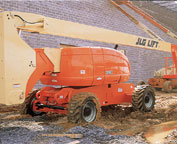
Lift Parts Express
TOLL FREE: 1-888-695-7994
forkliftpartsalabama.com
Email Us
About Us


